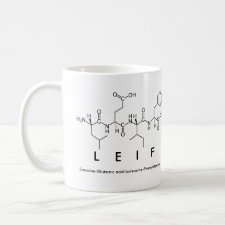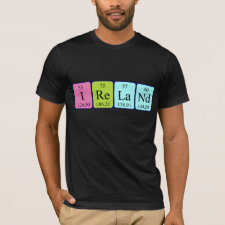
Authors: Isarankura-Na-Ayudhya C, Nantasenamat C, Buraparuangsang P, Piacham T, Ye L, Bulow L, Prachayasittikul V
Article Title: Computational Insights on Sulfonamide Imprinted Polymers.
Publication date: 2008
Journal: Molecules
Volume: 13
Issue: (12)
Page numbers: 3077-3091.
DOI: 10.3390/molecules13123077
Abstract: Molecular imprinting is one of the most efficient methods for preparing synthetic receptors that possess user defined recognition properties. Despite general success of non-covalent imprinting for a large variety of templates, some groups of compounds remain difficult to tackle due to their structural complexity. In this study we investigate preparation of molecularly imprinted polymers that can bind sulfonamide compounds, which represent important drug candidates. Compared to the biological system that utilizes metal coordinated interaction, the imprinted polymer provided pronounced selectivity when hydrogen bond interaction was employed in an organic solvent. Computer simulation of the interaction between the sulfonamide template and functional monomers pointed out that although methacrylic acid had strong interaction energy with the template, it also possessed high non-specific interaction with the solvent molecules of tetrahydrofuran as well as being prone to self-complexation. On the other hand, 1-vinyl-imidazole was suitable for imprinting sulfonamides as it did not cross-react with the solvent molecules or engage in self-complexation structures.
Template and target information: sulfonamide
Author keywords: molecular imprinting, molecularly imprinted polymer, sulfonamide, molecular modeling



Join the Society for Molecular Imprinting

New items RSS feed
Sign-up for e-mail updates:
Choose between receiving an occasional newsletter or more frequent e-mail alerts.
Click here to go to the sign-up page.
Is your name elemental or peptidic? Enter your name and find out by clicking either of the buttons below!
Other products you may like:
 MIPdatabase
MIPdatabase









